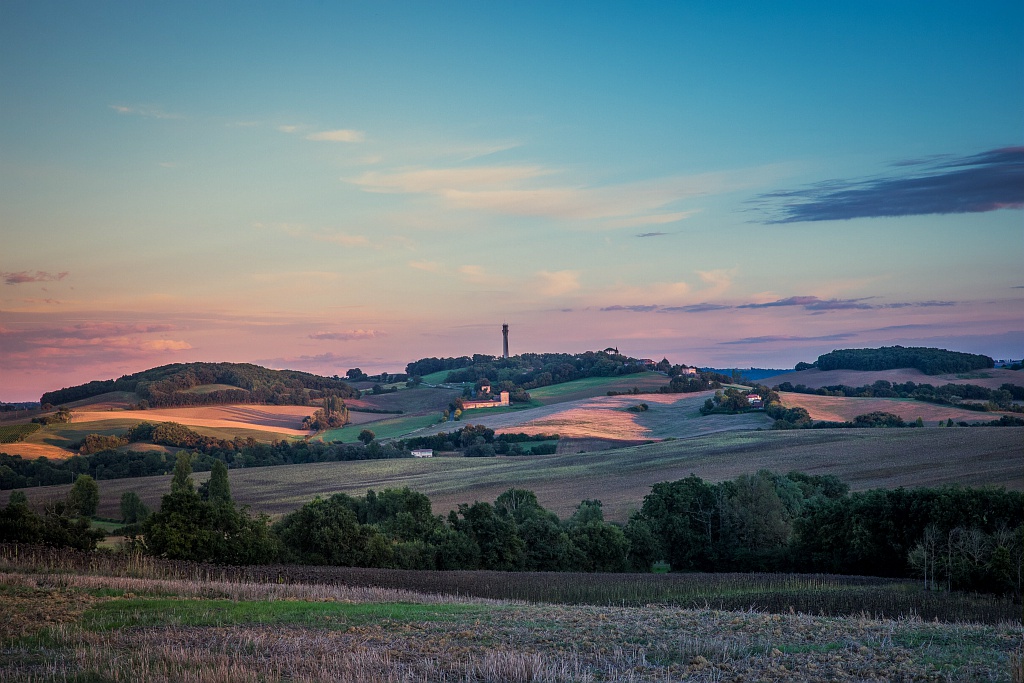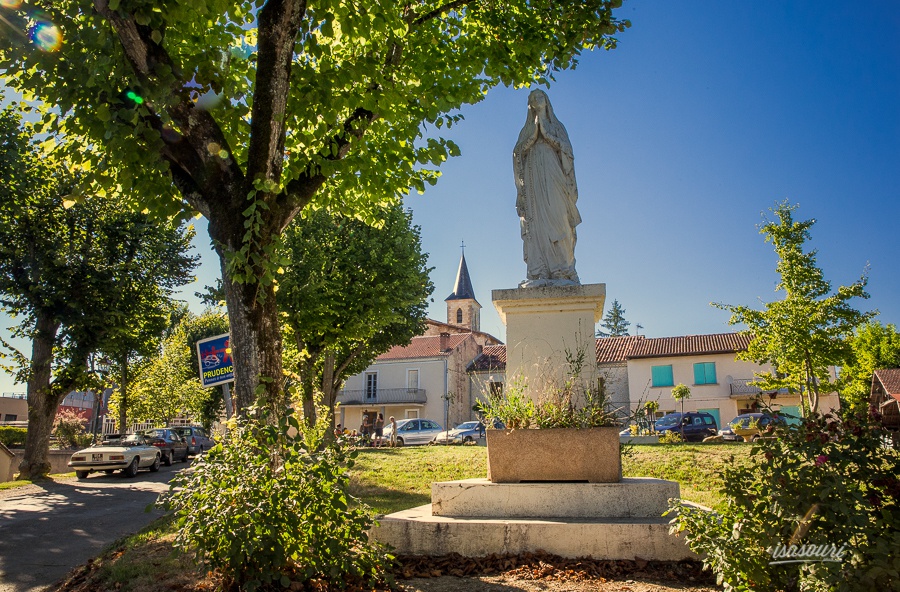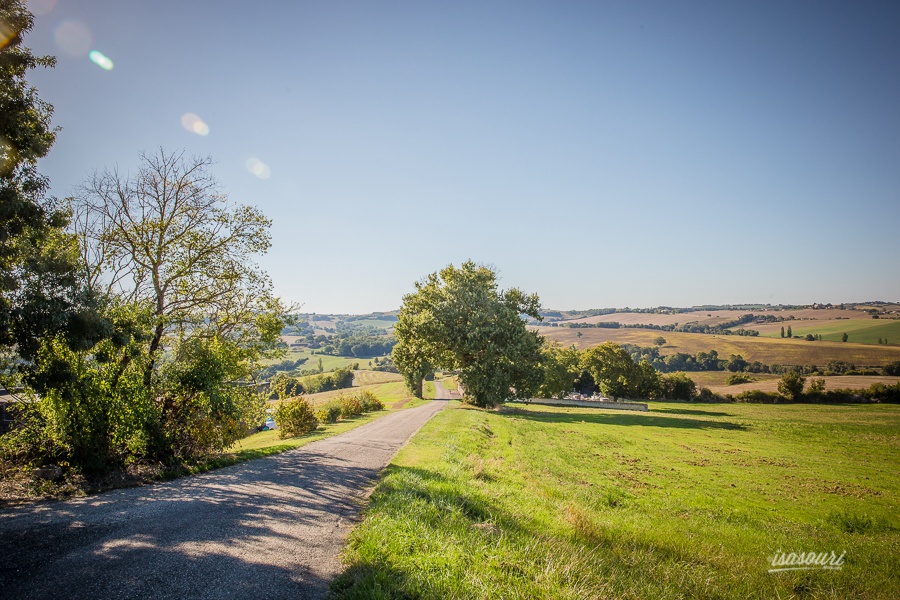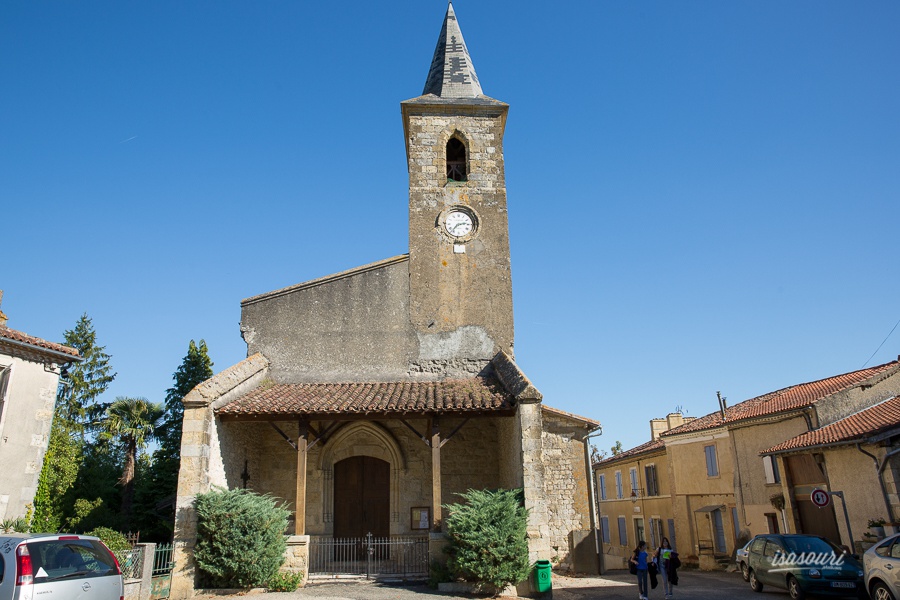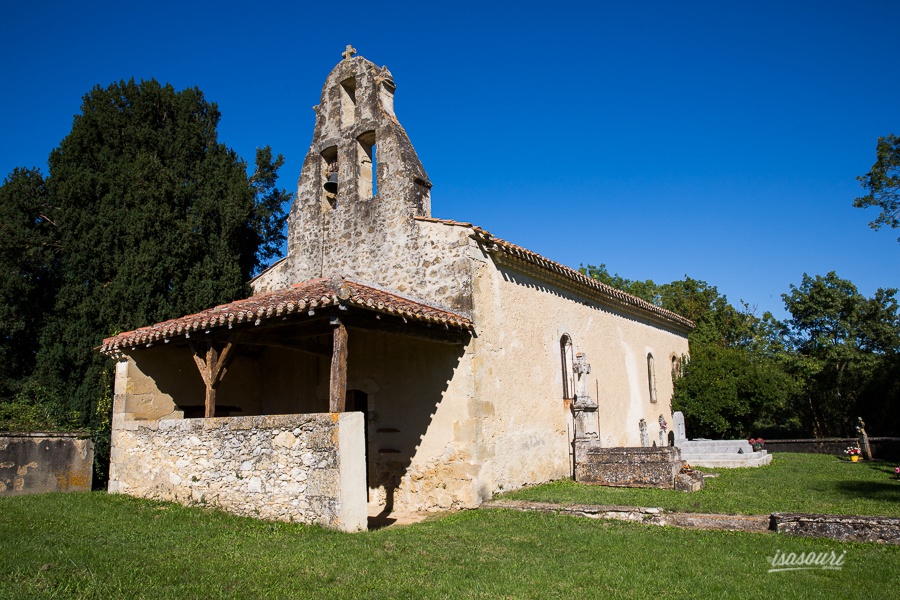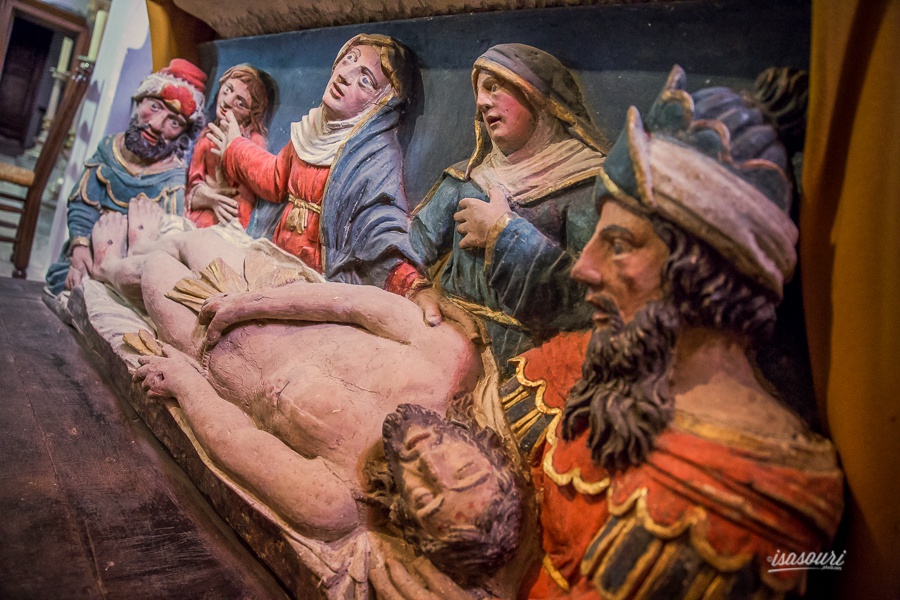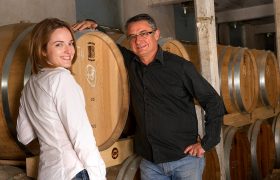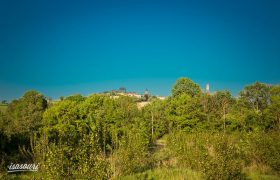Roquelaure, former castelnau du Fezensac founded by the Lords of Roquelaure before 1244, is a rural village in the Gers, located at the gates of Auch.
The village is built on a rock sheltered from a limestone plateau: the Cieutat (or Sioutat) plateau which seems to have been the site of an oppidum (see below), later replaced by a Gallo-villa. church next to which stands a windmill built in 1756 and a water tower in 1964.
After the Roman era, the region suffered from invasions (Visigoths, Franks, Vascons, ...) until the formation in 864 of the Duchy of Gascony with the installation of the House of Roquelaure whose most illustrious descendant was Antoine de Roquelaure (1544-1625).
It is to Antoine that we owe the castle of Roquelaure, an important fortress, judging by the impressive remains: a tower of the old XNUMXth century castle converted into a bell tower, a few towers of strongly marked angles. lute; a powerful fence wall braced by solid buttresses visible from the road leading to Peyrusse-Massas.
This type of architecture characteristic of bastioned enclosures is a type of fortification of which we have no other example in the Gers.
By annexing itself to the town of Arcamont in 1952, Roquelaure acquired a third castle: the castle of Arcamont, a 2003th or XNUMXth century tower dilapidated by the storm of XNUMX and a small church dedicated to Saint Blaise and topped with a wall bell tower (the exterior of which has been restored by the municipality).
Also to be discovered within the walls of the castle on the village square, the church dedicated to Saint Loup. It is a Gothic-style building which has a chapel restored in 2002, listed as a historical monument and which has a XNUMXth century altarpiece and a XNUMXth century entombment.
Old oppidum ((to see in particular mosaics, amphorae ... at the Museum of America - Auch):
The successive excavation campaigns have revealed the remains of an agglomeration belonging to four successive phases of occupation covering the protohistoric and ancient periods.
The location of the oppidum at the heart of the network of roads connecting the Roman provinces of Gaul, the Iberian Peninsula and Italy, as well as the quantity of fragments of amphorae used for the transport of wine, indicate it as a commercial center important.
The abandonment of the site seems to coincide with the development of the city of Augusta Auscorum (= Auch).
Inside many testimonies of daily activities were discovered such as charred seeds, animal bones, ceramics, fragments of Marseille wine amphora or luxury crockery, of Greek origin (Latin ).
Services
Equipments
- Picnic area.
Services
- Farmhouse Inn

